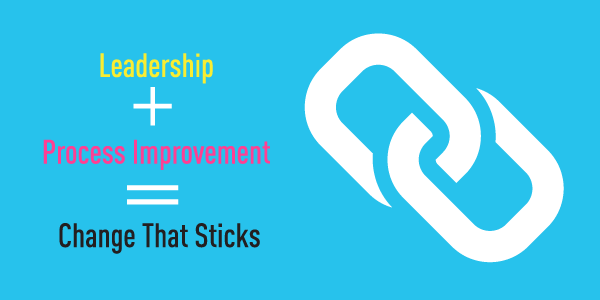On March 28th Whiteboard turns 4 years old. 4 years! This is a big deal – according to Start Up Canada, only 70% of the more than 100,000 new small businesses that open each year actually last to year 2, and only 51% to year five. These are pretty daunting stats, and we are really thrilled to still be here, loving what we do.
What’s our secret?
Besides persistence and patience you mean? Well, the other day Nicole and I were talking about how our business has changed and grown in its short four-year existence. We started out as a company focused purely on process improvement consulting, determined to help businesses become more effective and efficient using our own methodology, The Whiteboard Way©.
We soon discovered that people didn’t just hold up their hands and say, “Oh pick us! We need process improvement!” No, in fact a lot of people don’t even know what the term means or why they should care about it. So we found ourselves trying to explain our business to people, most of whom nodded politely or stared like a deer in the headlights.
We found our work shifting to training and facilitation, knowing that what people REALLY need is a culture shift that will encourage innovation, inspire creativity, and allow people to try, fail, and try again. It is only by developing culture that organizations can attempt a massive (or moderate) change and hope to be successful. As the saying goes:

We started focusing on proving training on things that are most likely to help organizations be successful at implementing change. Things like:
- Learning how (and when) to have rewarding conversations with people at work. Yes – conversations. It’s not as simple as you might think, and our coaching course helps people-managers build their skills in this area. It’s probably our most popular course.
- Understanding the difference between leading and managing, and why that’s important in building an effective team.
- Becoming self-aware and realizing how that can lead to truly effective communication.
- Knowing how to set goals and understanding why measurements are important (hint: people like to know when they’re winning).
- Helping teams understand the flow of work through an organization, and how gaps in process can cause frustration and inefficiency.
So now we don’t do process improvement? We teach?
Uh, no.
Don’t misunderstand me. We “do” process improvement. It happens to be one of the most amazing tools there is to help organizations improve business results. It’s just not the only tool.
We now describe ourselves as Change Management consultants who help uncover hidden opportunities to improve business results. And we do that by seeking to understand our clients, our course participants, our partners, and – always – ourselves.
- Through our coaching program, we seek to understand you – the person – and help you get to the root of whatever barriers are in your way.
- Through our process improvement work, we seek to understand the organization, and uncover hidden opportunities to improve business results.
- Through our psychometric assessments (Myers Briggs Type Indicator) we help you seek to understand yourself and the people around you.
- Through our speaking, training, and facilitation, we seek to understand our participants, and by so doing we ensure our workshops are dynamic, fun, relevant, and valuable.
And for our 5th year?
Not only have we added new services to our repertoire, but this year we are also excited to be exploring a new associate model which will allow us to expand the Whiteboard brand to other cities! This is going to be awesome, so stay tuned for more on that later in the year.
Thank you to all our clients, partners, and supporters who make it continually fun to do what we do. We couldn’t – and wouldn’t – do it without you!
Until next time,
Ruth.



 respectfully, PFFT.
respectfully, PFFT.





